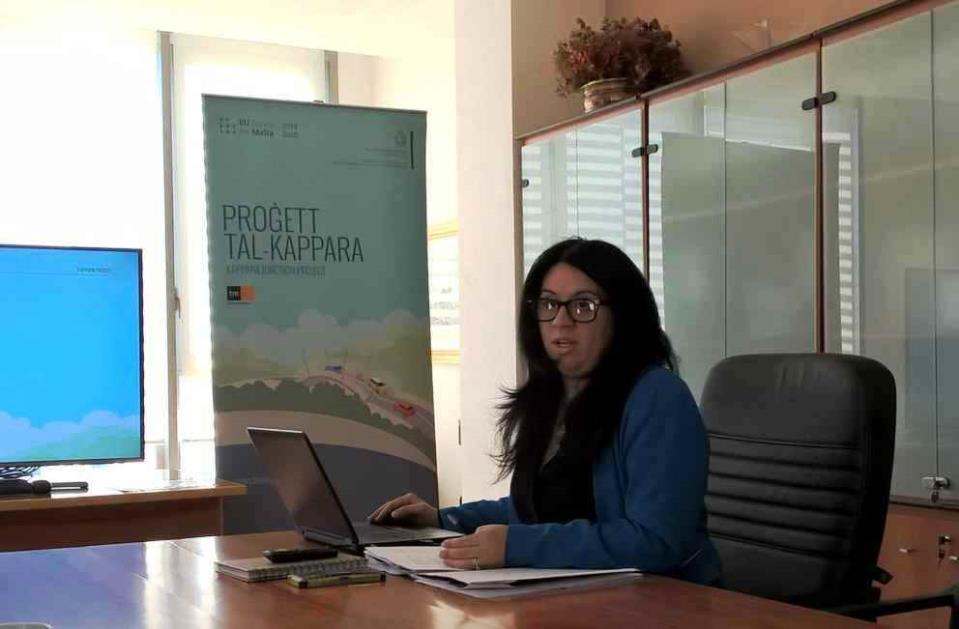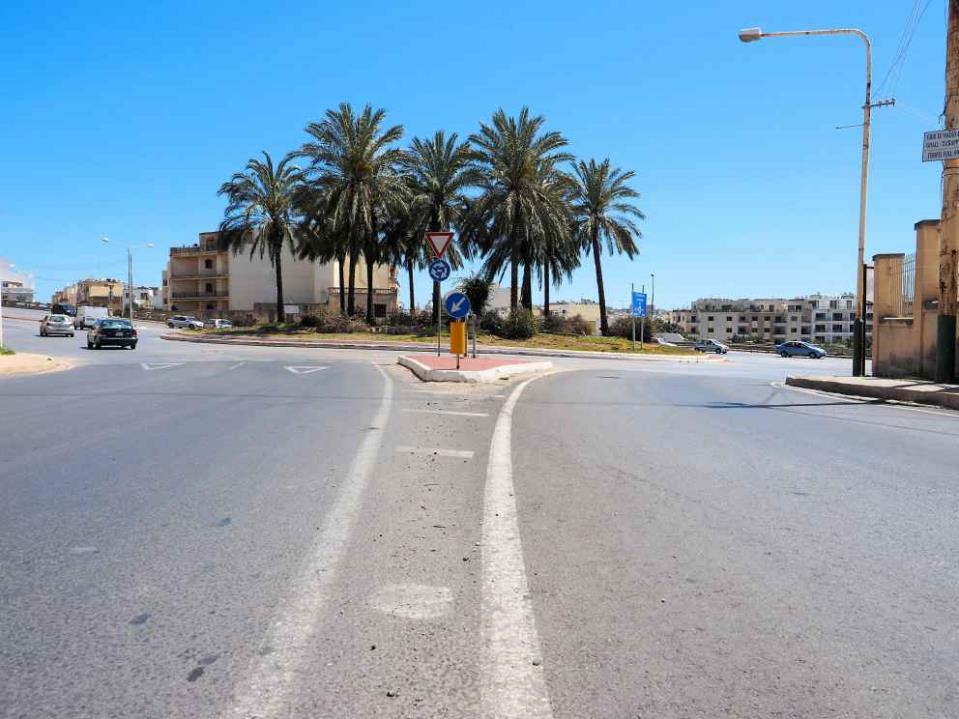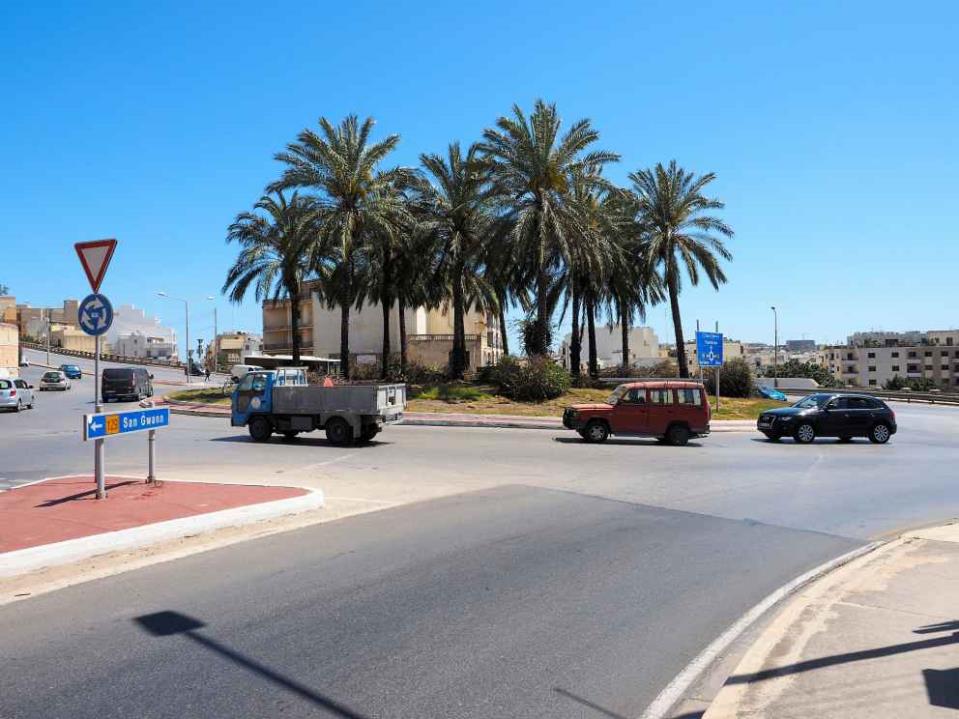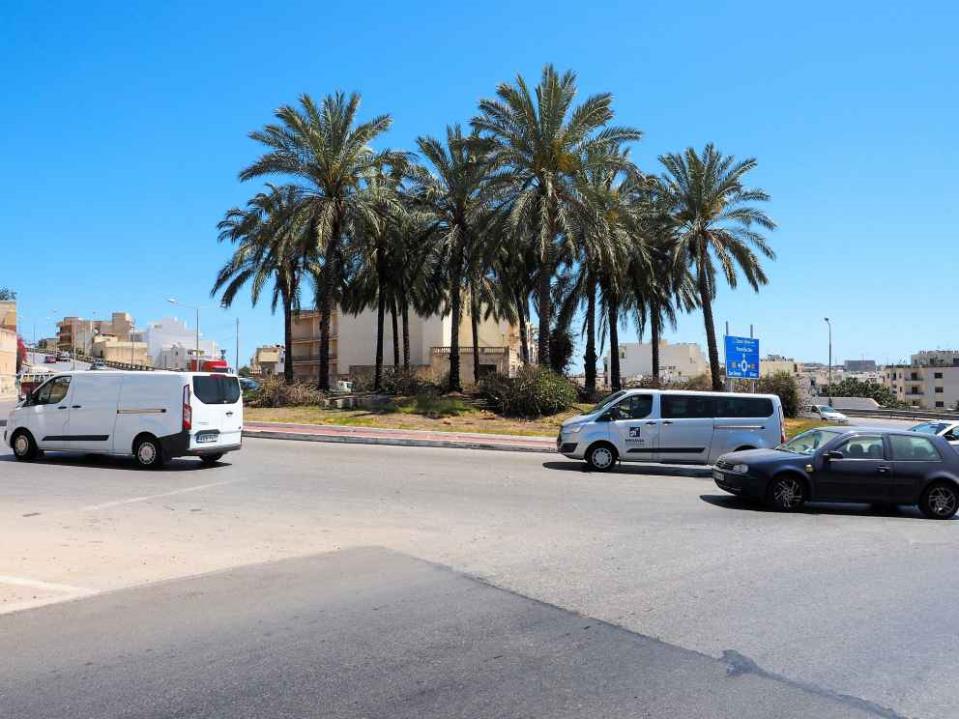The first major traffic disruption as a result of works on the Kappara junction project will take place in the second phase, which is due to start in May, Transport Malta explained today.
Details about the €22 million national project, which is set to be completed over 77 weeks, and its impact on traffic were given this morning at a press briefing at the TM offices in Marsa. Transport Malta CEO James Piscopo explained that this is a major road infrastructure which aims to reduce traffic load at the Kappara roundabout by some 50%.

Architect Antoinette Conti said phase one, which officially started today, will not affect traffic. Phase one mainly involves site clearance and the widening of Regional Road on the National Pool Complex side. There will be ten phases in all. The architect said it was imperative that motorists made use of several alternative routes from Phase 2 onwards. Some of the existing lanes will be kept open where possible but traffic flow is set to slow down.
Ms Conti said around 90,000 vehicles pass through the junction each day, with the North-South-North lanes carrying the heaviest load. The junction is problematic because traffic going into Gzira blocks the north and southbound lands. The aim, she said, was to build a flyover which will allow north to south traffic to flow unhindered. Vehicles going in the direction of Gzira and the San Gwann industrial estate will be separate and use the roundabout below the flyover.

The project will include works such as the installation of sound barriers, which will deflect sound away from nearby residences, new crash barriers, pedestrian crossing areas and a new storm water catchment system, which will be connected to the National Flood Relief Project.
Ms Conti explained that Phase 1 is estimated to take 46 days and will not affect traffic. Phase 2 will last around 36 days and this is where traffic will be affected. “TM will try to minimise the impact as much as possible and not all lanes will be closed but drivers will be urged to make use of alternative routes.” The architect said the project was a sensitive one also because it involved interventions at the nearby Enemalta distribution centre, which feeds the Sliema and Mater Dei areas. The appropriate signage advising motorists about alternative routes will be set up and TM will be issuing regular updates.

“The north and southbound lanes will remain open most of the time during this phase but they would still have to be closed at certain times, because of the nature of the work.” Mr Piscopo added: “It is very important that the alternative routes are used. This will be a construction sites with limited access and traffic flow will undoubtedly slow down.”
Alternative routes
The TM officials explained that there will be a number of alternative routes, including the Birkirkara Bypass. Mindful of the increased traffic flow to be expected in these areas, TM will be implementing a number of changes. These include the Tal-Balal are and the Bellavista junction in San Gwann.

In some areas, such as parts of Rue D’Argens, roadside parking will be stopped, thus allowing for two-lane traffic. TM is identifying areas that can serve as temporary parking areas to make up for the lost spaces. The Gzira waterfront bus lane will be suspended. Some roads, such as Triq Abate Rigord, will only be open for buses and coaches. The Mater Dei roundabout (near the A&E Department) will be made smaller, allowing for a smoother traffic flow. “TM enforcement officers will also be on the roads,” Mr Piscopo said.
Details about the alternative routes can be viewed on the Transport Malta website, in the news section. These include details on how to avoid, enter and leave the area. Motorists can also download an app designed by Maltese Roads Traffic Updates from the TM portal.

Project to work well for at least 25 years
Replying to questions by this paper, Mr Piscopo said computer projections predicted that the Kappara project will function very well for at least a couple of decades. The projections are based on real data.
Asked if the Gzira area (especially near the traffic lights in Sliema Road) could handle the increased traffic volume, Mr Piscopo said the projections indicated that it could but any issues that arise would be addressed then.

Once the project is completed, motorists driving will be advised, by means of signage, to choose their lanes, thus avoiding congestion near the flyover.
Mr Piscopo said this project was even more delicate than the Coast Road. He said the authority had insisted that Regional Road should not be completely closed down for the duration of the project, even if that would have been ideal for the contractors. “This is one of the country’s main arterial roads. The best option was to retain partial access and implement a traffic management plan.” Most of the works, he said, would be carried out at night, although precision work would have to be carried out during the day. Much of the disturbance would be when schools were closed, Mr Piscopo said.